As we saw in our previous installment, the interests of programmers can present millionaire losses if there is no control over the piracy of the subscription, cable or satellite television signal. Given this, an anti-piracy policy of entities such as the MPA (Motion Picture Association) and the TAP (Television Association Picture) that associate different channels and provide their broadcasting services for Latin America, is underway. Police actions against cable operators that do not pay the rights to use the signals, thanks to agreements with the regulatory entities of subscription TV signals, are in process in several countries in the region. This well-applied security mechanism must on its own be effective in preventing signal pirates from attempting to break the law.
As we can see, a control legislation can help but there are other elements that constitute a good tool to counteract the non-legal use of copyright that the channels that emit subscription television signals have. These tools range from physical security to video protection, through others that may seem simple but when applied can give positive results. Even, all together can be a fundamental part of a complete security system. Remember that any precautions to preserve your interests are valid.
Physical security system.
Having a strict security control in the storage places of the component unit (decoders, antennas, wiring, conduction lines, operation personnel) is the first barrier that the legal distributor must take into account, to avoid theft of equipment or that the signal is hacked with or from any element of the distribution system.
Video Protection
This security mechanism consists of encoding the TV signal to avoid any reception external to the subscription system. Not only the video signal but also the audio signal must be encoded. This for the case of having to control, for example, programming aimed only at adults. In addition, changing encoding methods at non-set intervals can help counter occasional hacking.
Targeted data protection
Because it is becoming increasingly difficult for pirates to decode the subscription TV signal, they have focused their activity on this third security mechanism. Since operators have started supplying decoding equipment for users to enjoy a signal, illegal producers have concentrated on creating unauthorized equipment to receive certain programming. If the manufacturers of the decoding equipment can modify and give authorization for a subscriber to receive all services, then pirated hardware will be able to decode and be indifferent to the complexity of protecting video and/or audio signals. After the subscriber's unit is authorized, an illegal computer ignores any command from the signal controller, staying active to decode. In many cases the pirate equipment is a simple modified unit capable of decoding video signals without legal authorization to do so. With this masquerade, such as impersonating a subscriber, a video security system has no importance in stopping piracy. While this line of confusion and rotation of schemas (the decoding itself) offers some level of video protection and the fact that those systems are directed or controlled by the signal manager, simply what happens is that these techniques only increase the business and opportunities of the manufacturers and distributors of the illegal decoders.
In many cases, legal addressing systems work by transmitting data authorized by the decoding unit, and giving instructions on the programs and services authorized to be received. This data is generated by a computer-controller, with which a list of decoding equipment within the system is authorized to operate. The controlled transmission of this data in a cyclical form has become popular for broadcasting. Secure addressing controllers have the ability to send data quickly, give the system a large capacity, and maintain authorization from legal teams. Unfortunately, illegal teams also have this capability. Some of these systems use a data sound transporter, while others use vertical blanking interval (VBI). Security systems that use two methods, namely the band (VBI) and the out-of-band, have a second level of access control. Each encoded channel has specific access to a belt's information and advanced analog band data equipment can include authoritative data as in the case of the out-of-band conveyor system.
Since hacking appeared, a recent focus of manufacturers has been having access to data encryption. Many manufacturers use this technique, but there are a number of factors that become a resistance factor to have complete security. Usually, when a piece of data is encrypted in the controller, a key is used with an encoded algorithm that acts as a lock. The key is then used both to access the drive and to use the algorithm as a decryptor and data lock. Certain manufacturers put a specific key inside each set decoder. Others use a simple system-wide key with which the system opens up to possible pirate attacks. If the key is known, then the set-top-box can decode the data and subsequently decode the images. Having a key is essentially equivalent to not having a key, since the data begins to be transmitted in the same way. This only saves some time while the pirates solve the system.
An encryption security system, on the other hand, uses a large number of available codes, having great capacity to change the key. That effective change of data patterns makes the operation of pirates almost impossible.
Operators need to be wary of companies that make non-pirate requests. Many times, these requests are only the result of a deployment of the limits of manufacturers, who prefer advanced security. Due to the ability to hack the video scrambling system by addressing or decoding based on time and volume, manufacturers of good systems are often targeted by pirates. This says a lot about the lack of experience of small sellers to maintain a security system, once their products are more used, and they become targets of pirates. The insurance of the analog coding system, however, could be part of every pirate box. Supplementary coding systems have a team of experts aimed solely at developing innovations in coding systems to move forward with security threats. There are operators who do not have a good security system. Generally, a number of systems prefer to increase the level of security, with the change of the user's unit.
All this is the result of the experience of manufacturers dedicated to combating piracy through a shoulder-to-shoulder work with subscription TV operators.
Masking
This last form of security makes the images unobservable by an unauthorized user. For example, if someone who is not a subscriber to a premium service tunes into a certain channel, the masking effect will make it impossible to observe any image of the signal. This is the most passive form of security and helps people maintain their honesty and not see on a channel a premium signal for which they have not paid. Masking does not deter hackers since they attack scrambling mode or video encoding or signal addressing security control.
Another form of masking, as a video encoding alternative, offered by those who supply equipment consists of several methods that cancel the signal to unauthorized users. This method called "barkering" causes a channel, when a temporary user tunes it, to become transparent and automatically retune into a special channel. This channel can be used to program an information or advertising system, as a way to generate additional income, while restricting unauthorized access. That barker channel can also be a text messaging channel, which encourages the casual user to sign up for the service and benefits on offer. Another form of masking is parental control that benefits customers. A user can have an encoding unit and select a channel that can be blocked for other users. The channel can be activated only if the passcode is entered. This modality is absolutely controlled by the subscriber and does not require intervention from the cable operator. However, a remote readjustment could be done if necessary.
The cover-up of the television image is often incorrectly regarded as the most important aspect of the coding system.
To sum up, a good anti-piracy security system will depend on the joint work of honest cable operators, manufacturers and subscribers. All the security systems taken are valid and all together can be a strong alliance to complement a well-applied legislation.
* Based on a paper by Howard Pressman, Product Manager, General Instrument Corporation.







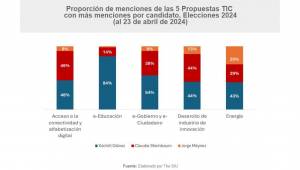


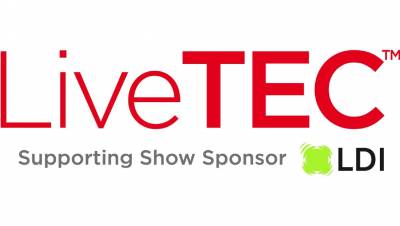

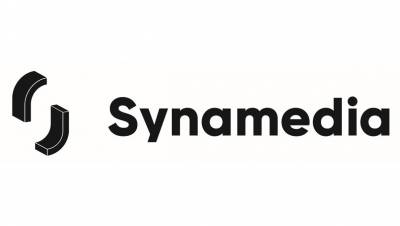


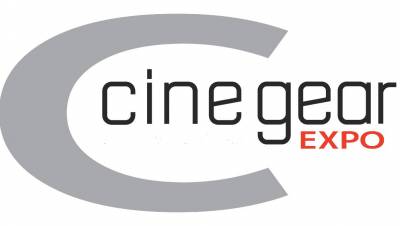







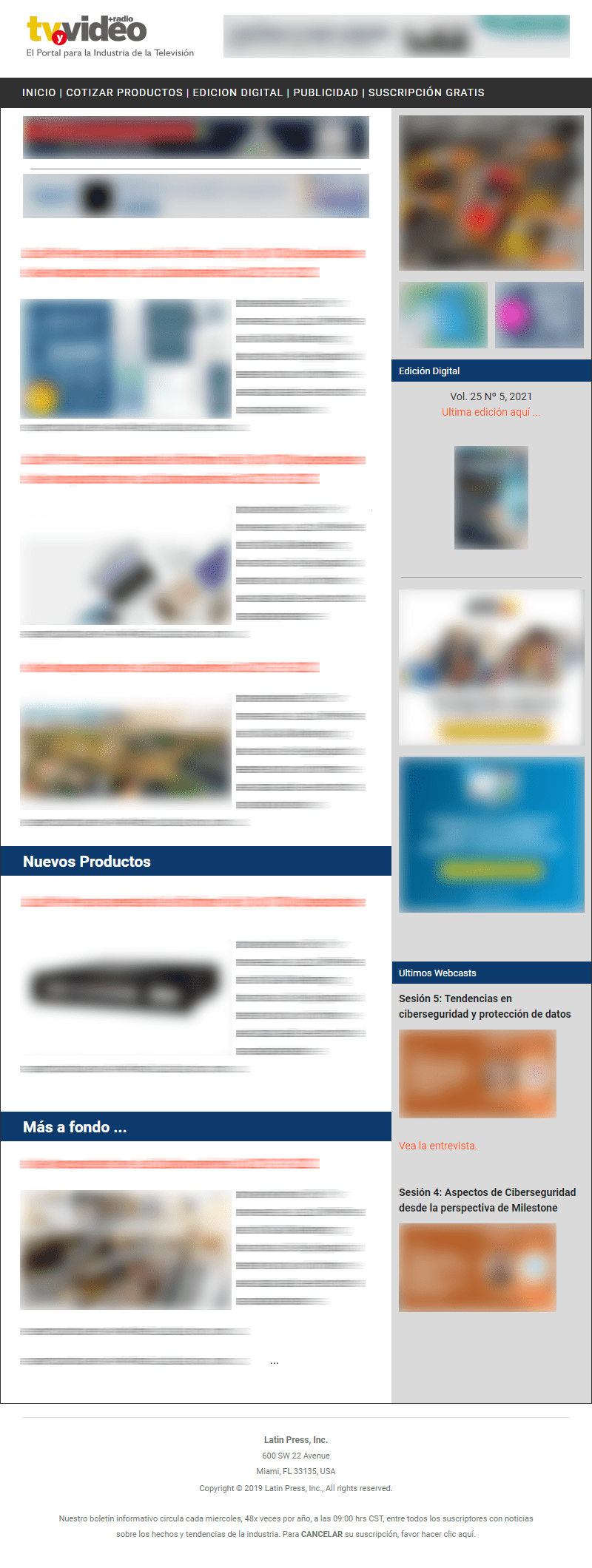
Leave your comment